The secret to saving the X-Men movie franchise is hidden in the comics - here’s how to do it
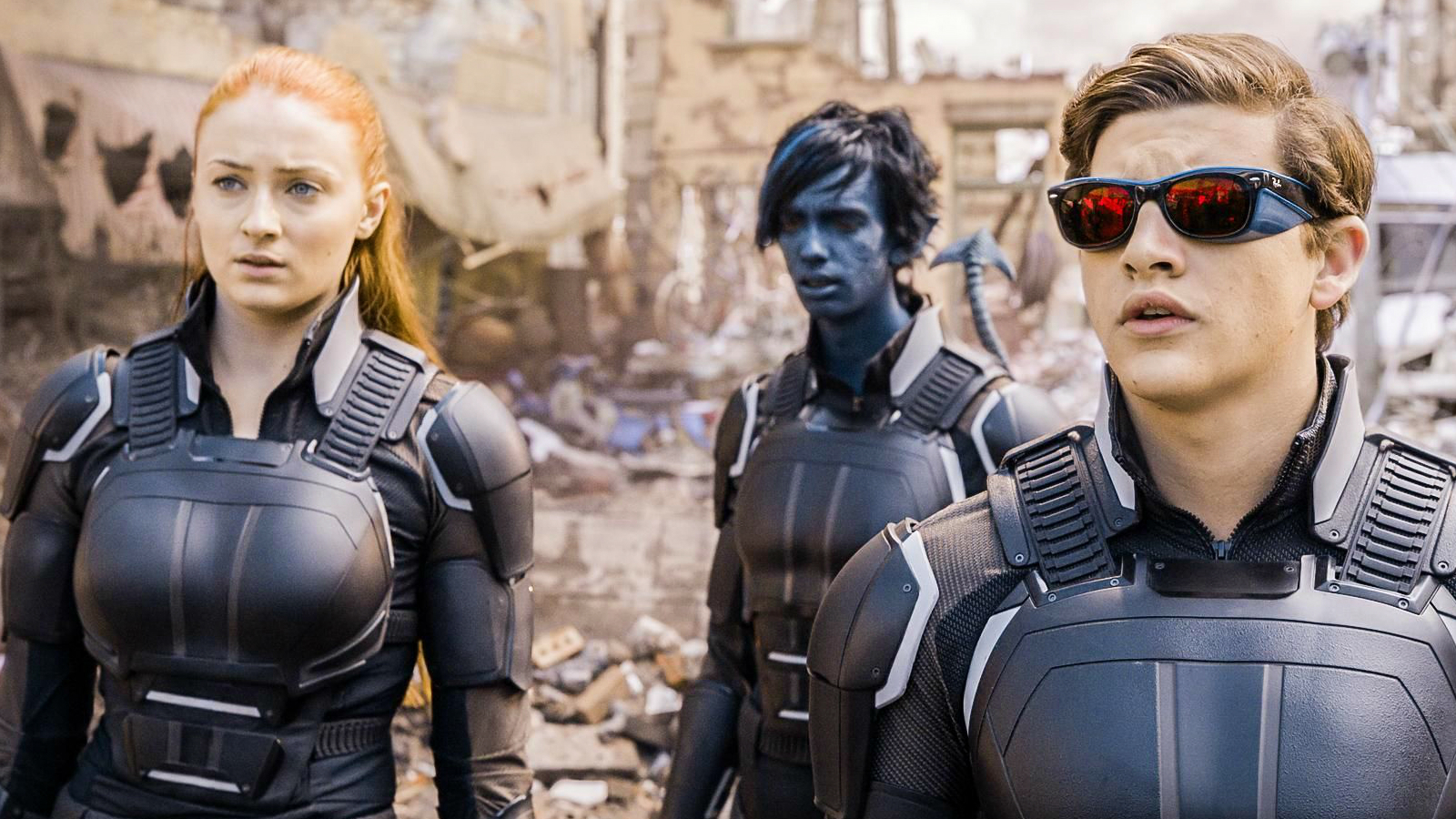
SPOILER WARNING: I’m going to be dropping a metric-ton of spoilers for the X-Men comics’ House of M storyline and the X-Men: Endangered Species collection.
It’s time for the X-Men movie franchise to take a cue from Logan director James Mangold and do a hard reset. If the latest mediocre X-Men: Apocalypse offering has taught us anything, it’s that taking a step back from the usual superhero spectacle-fest to show that heroes are ordinary people with their own issues would be the best thing for it. Just like Wolverine’s final outing, the series needs a smaller cast and an arc-focused storyline, and I know how to do it.
The X-Men universe gets more complicated with every film. Sure, jump-starting the timeline by rewinding back to the ‘70s helped to revitalise the franchise somewhat, yet it still uses the same characters: Magneto, Professor X, Mystique. What the series really needs is a completely blank slate and new mutants ripe for character arcs à la Logan. Over the years, the hordes of superheroes added to the roster have begun to weigh the multiverse down, leading to spiralling sub-narratives and overall confusion about who’s dead, who’s alive, and whether dead really means permanently buried six feet under (spoiler: it doesn’t). The comic books have long suffered from the same issues the now bloated X-Men universe is dealing with, and hidden within their pages is the answer which will save the movie franchise.
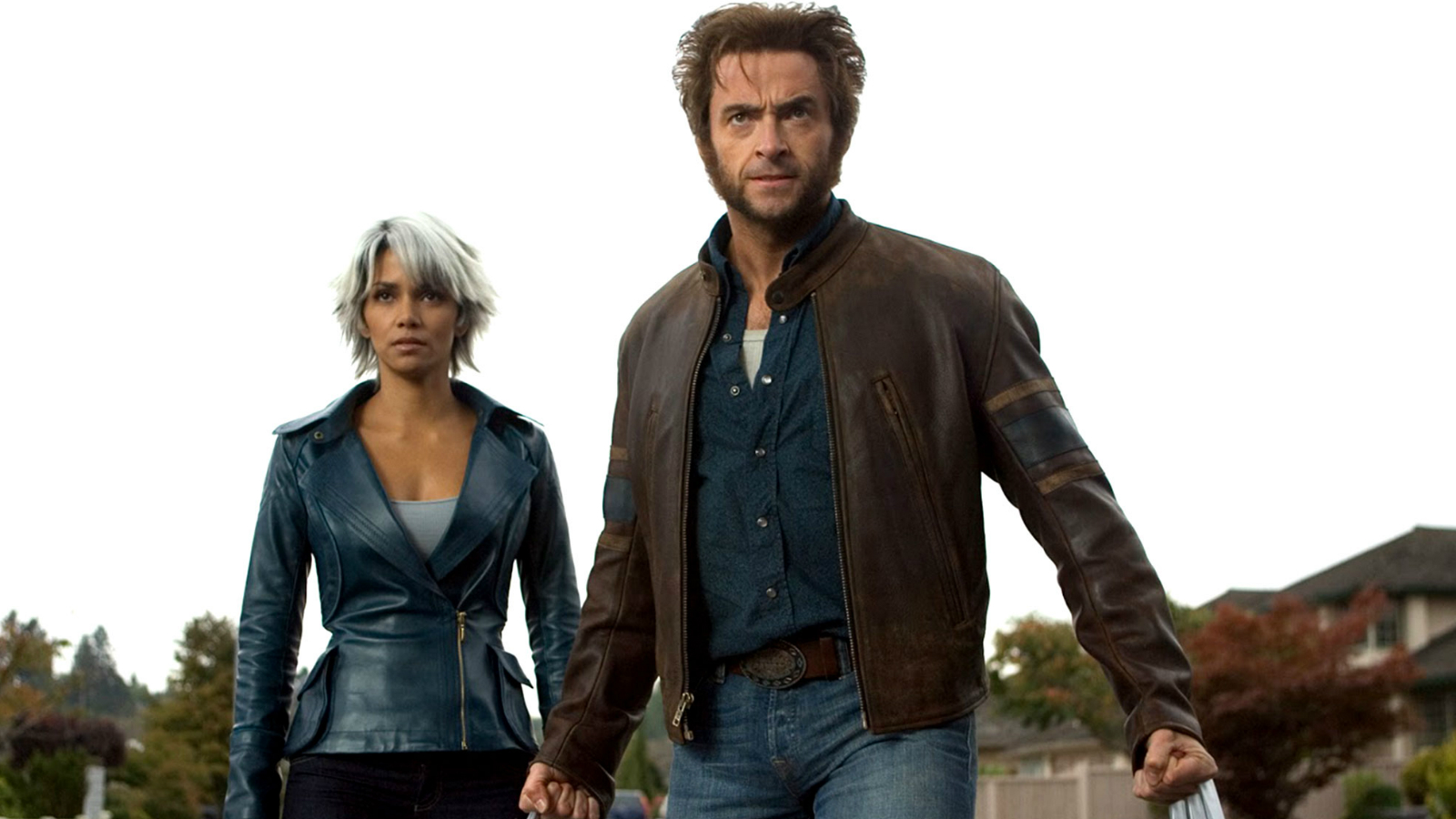
Let’s turn to the comic X-Men: Endangered Species for some guidance. Knowing that the Earth-616 dimension (there’s a lot of different realities in the comics) was getting bogged down by hundreds of X-Men, the writers decide to start from scratch. Wanda Maximoff - otherwise known as the spell-casting Scarlet Witch - was the answer. You’ll be familiar with her from Avengers: Age of Ultron, but in the comics she’s far, far more powerful. Usually she can just tweak the probability of something happening via her spells, but in this storyline she becomes able to alter reality with one word. Well, three actually: “No more mutants”.
That’s a catastrophically big spell, and in the comics its effects are felt everywhere. Millions of mutants lose their powers, with a random cross-section of about 200 somehow managing to retain theirs. Fertile ground for character arcs, this could lead to some brilliant soul-searching if applied to the movies. Most of the X-Men’s time has been about valiantly saving people from Apocalypse, Magneto, Sentinels - being all-round cape-wearing heroes, whilst simultaneously trying to live normal lives. With this new storyline, the movies could turn to the more personal struggles caused by the fallout of so many mutants losing their powers. Mutants will probably have to find a way to deal with how it feels to be truly normal. The movies could dig into how much their powers defined them, and what they’ll do now they’re gone.
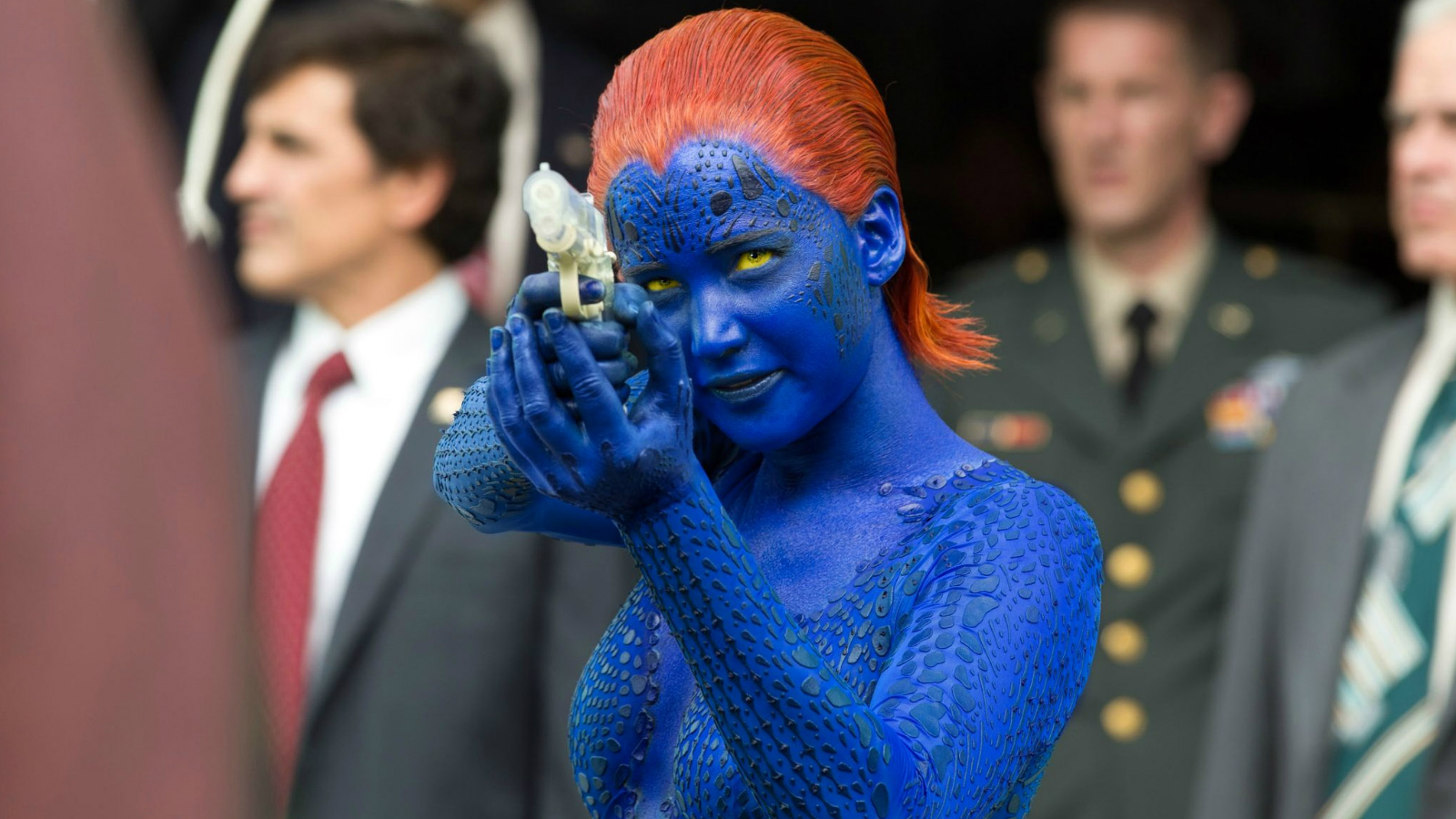
Turning back to the comics, the mutants aren’t going to go down without a fight. I’m not talking about a literal battle, so there’s no need for the movie cram in destroyed buildings and scenes CGI-ed up to the eyeballs. You can’t punch extinction in the face, after all. In the comics, science is the only answer in the wake of such genetic devastation. The journey to find an antidote to the pandemic takes Beast (played by Nicholas Hoult in the movies) - who still has his powers - to the dingiest parts of the mutant world.
For something that’s caused the world (mutants and non-mutants alike) so much grief, you’d be forgiven for wondering why anyone - in both the comics and the movies - would want to find a cure. But when you’ve lived your entire life being able to, for example, read people’s minds or conjure up flames, it ends up defining you in more ways you thought possible. That’s not even factoring in the fact that mutants are an entirely different species who have existed throughout history, with their own rights, culture, and political turmoils. Their sudden absence is sure to ruffle some feathers in the pro-mutant-rights movement - after all, if an entire nation of people started to die out, you would hope something would be done to help.
Sign up for the Total Film Newsletter
Bringing all the latest movie news, features, and reviews to your inbox
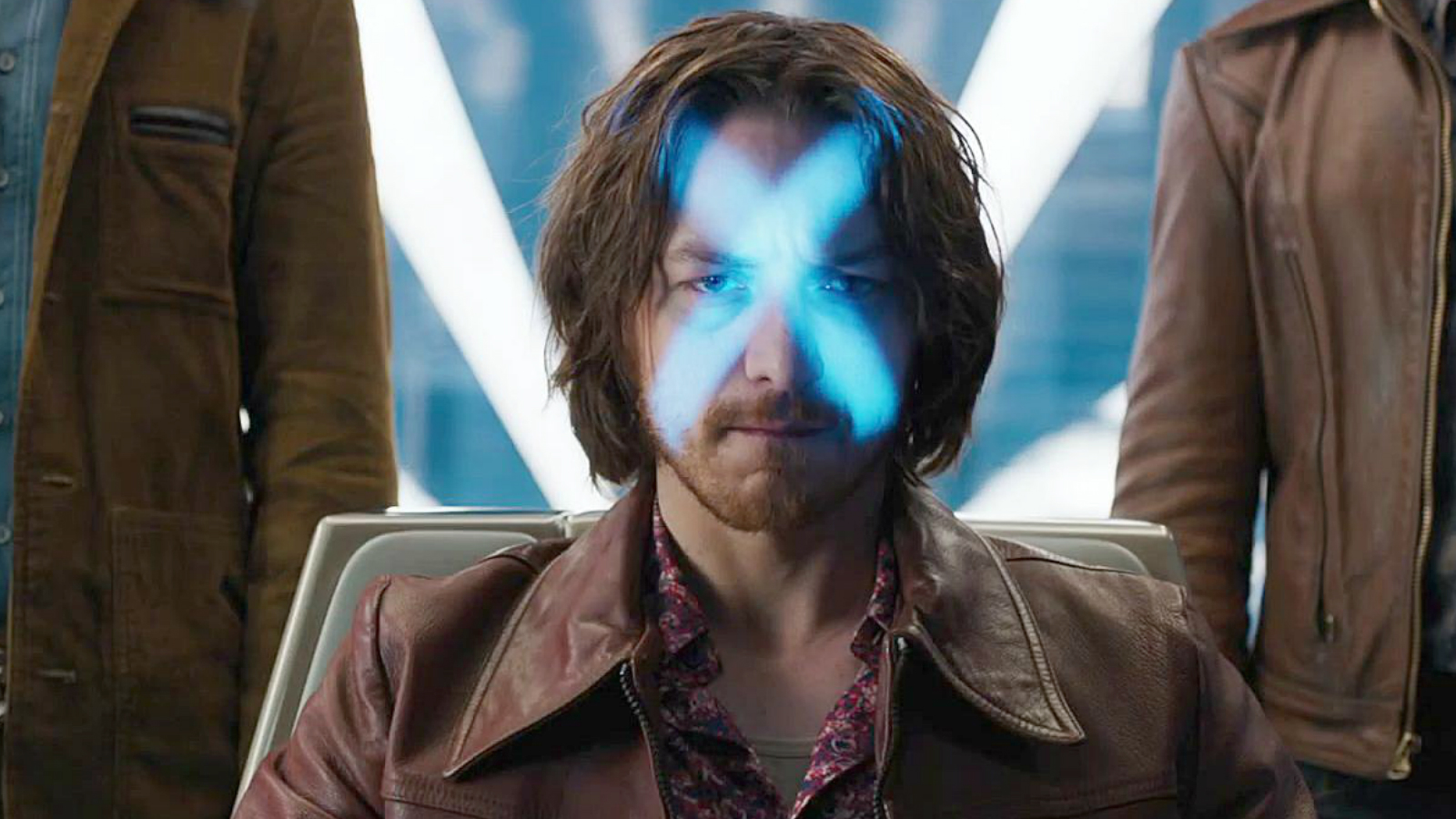
Although the comics only show Beast venturing out alone to find a solution, the movies could round out the journey to three X-Men, maybe even including one who’s lost their power. The tiny cast would fuel the potential for the same intense character arcs that were in Logan. After all, Mangold observed how usually “there are so many characters [in superhero movies] that each character gets an arc of about six and a half minutes at best, and I'm not exaggerating. You take 120 minutes, you take 45 of it for action, what are you left with, divide it by six characters, you have the character arc of Elmer Fudd in a Warner Brothers cartoon”. Logan’s taken the first step to change that, and now the X-Men franchise can follow.
One of the key locations the X-Men: Endangered Species comic goes to is the mutant ghetto District X. Demonstrating the wider consequences of the mutant extinction and its impact on vulnerable humans, District X shows that having no more mutants might be best for everyone. In the movies we’ve only been able to see what it’s like to grow up as a mutant via Magneto’s brief flashbacks, and our only look at the social divide between humans and mutants has been either via corporate schemers (like Bolivar Trask’s Sentinels), or evil mutants set on world domination.
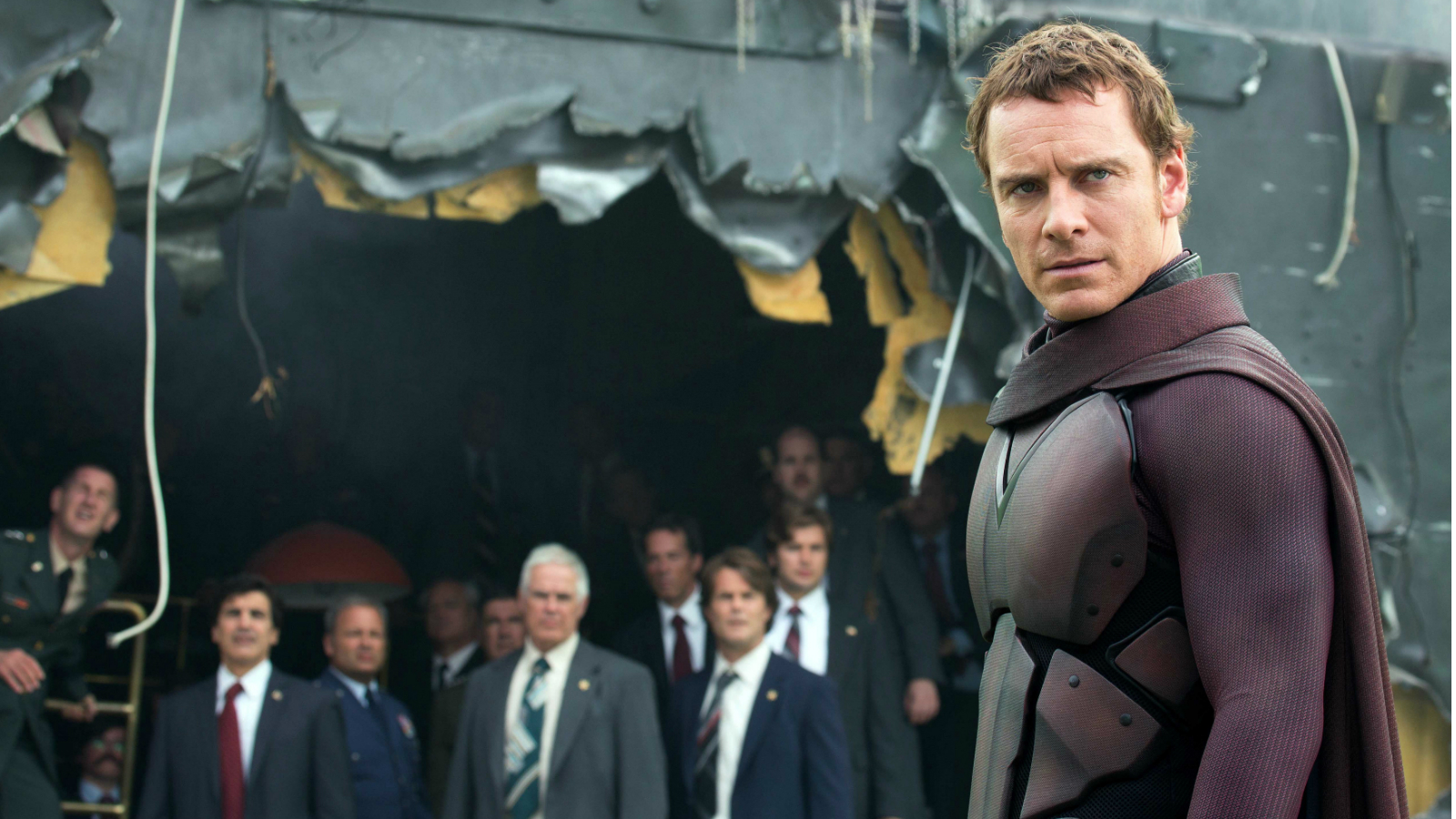
The problem is, not all threats are characterised by moustache-stroking, suited villains. Sometimes maliciousness just exists, and is closer than you think. District X in the comics shows the grotty underbelly of mutant society and the impact they’ve had on humans. With Logan enjoying its own gritter setting, the mutant ghetto is a good opportunity to show just how grim a superhero movie can be. Drugs and superpowers aren’t incompatible, especially when humans have been buying Mutant Growth Hormone (MGH), a drug harvested from the blood of those with superpowers. Giving them the same powers as the mutant it was taken from, the comics show the markets crashing due to the X-gene disappearing from all the MGH vials and people get desperate. Remaining mutants can sell their blood to dealers for exorbitant prices, but the comics make a point of showing that they’re literally putting a price tag on their morals as MGH ‘burns out’ humans. A perfect crucible for examining the relationship between mutants and humans rather than just focusing on the superpowered stars, here the movies could show how the trickle-down effect of the X-gene has caused more harm than good, and whether it should be saved.
The comics’ next stop is reconstructing the X-gene from scratch: visiting parents who have given birth to an above-average amount of mutant children (another aspect of mutant society ripe for a powerful storyline arc that the movies have ignored). The comics don’t go into this in great detail, so the movies have free reign. Imagine a day in the life of a non-powered sibling to an X-Men: seeing them on the news, being asked about them at school, worrying that they’d get hurt. That’s not even mentioning the probability of siblings developing anxiety about never matching up to their siblings who can level buildings with a wave of their hand.
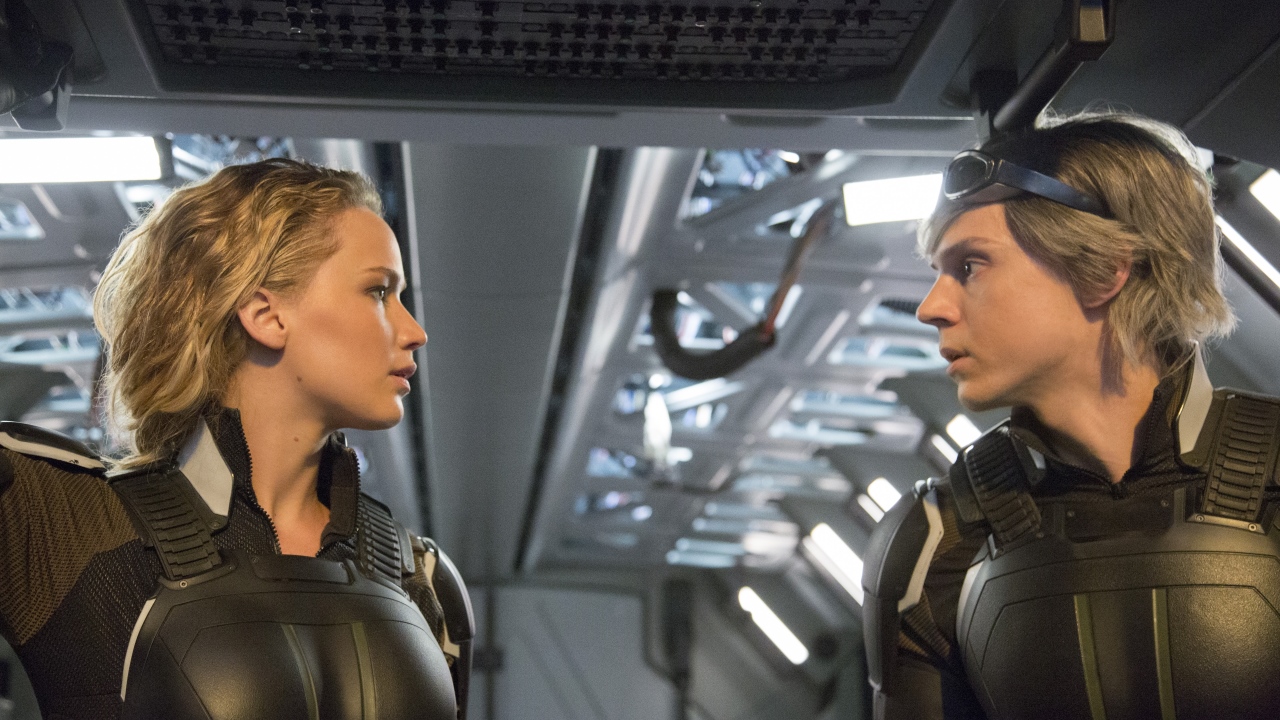
Beast hopes the parents’ DNA still hides the building blocks for the X-Gene and it’s here that you get to see the impact being superpowered can have on the family. Revealing the kind of problems which never would arise if it weren’t for their mutant gene, the movie could give audiences some insight into the impact being a mutant has on your family. Although in the comic the parents eventually decide not to help, the movies don’t have to do the same. Most mutants might want to continue using their powers to help, but is it worth the personal pain, the hate from non-mutants, and the divisive pro-mutant politics? Sometimes the world doesn’t come first, not when your son’s or daughter’s life is on the line. Selfish is ok, and the movies don’t have to be afraid to show that.
And that’s it. The end of the line. Beast doesn’t find a solution. But then in the follow-up comic a baby gets born… a brand new mutant, the first of a new generation (get reading the Messiah Complex series if you want to find out what happens next). The endgame of the extinction left the comics with a clean slate, and it could do the same for the movies, kick-starting a more Logan-esque X-Men franchise which is more concerned with characters than action sequences. So come on, Fox - take notice and give X-Men the Logan treatment.
While here at GamesRadar, Zoe was a features writer and video presenter for us. She's since flown the coop and gone on to work at Eurogamer where she's a video producer, and also runs her own Twitch and YouTube channels. She specialises in huge open-world games, true crime, and lore deep-dives.



